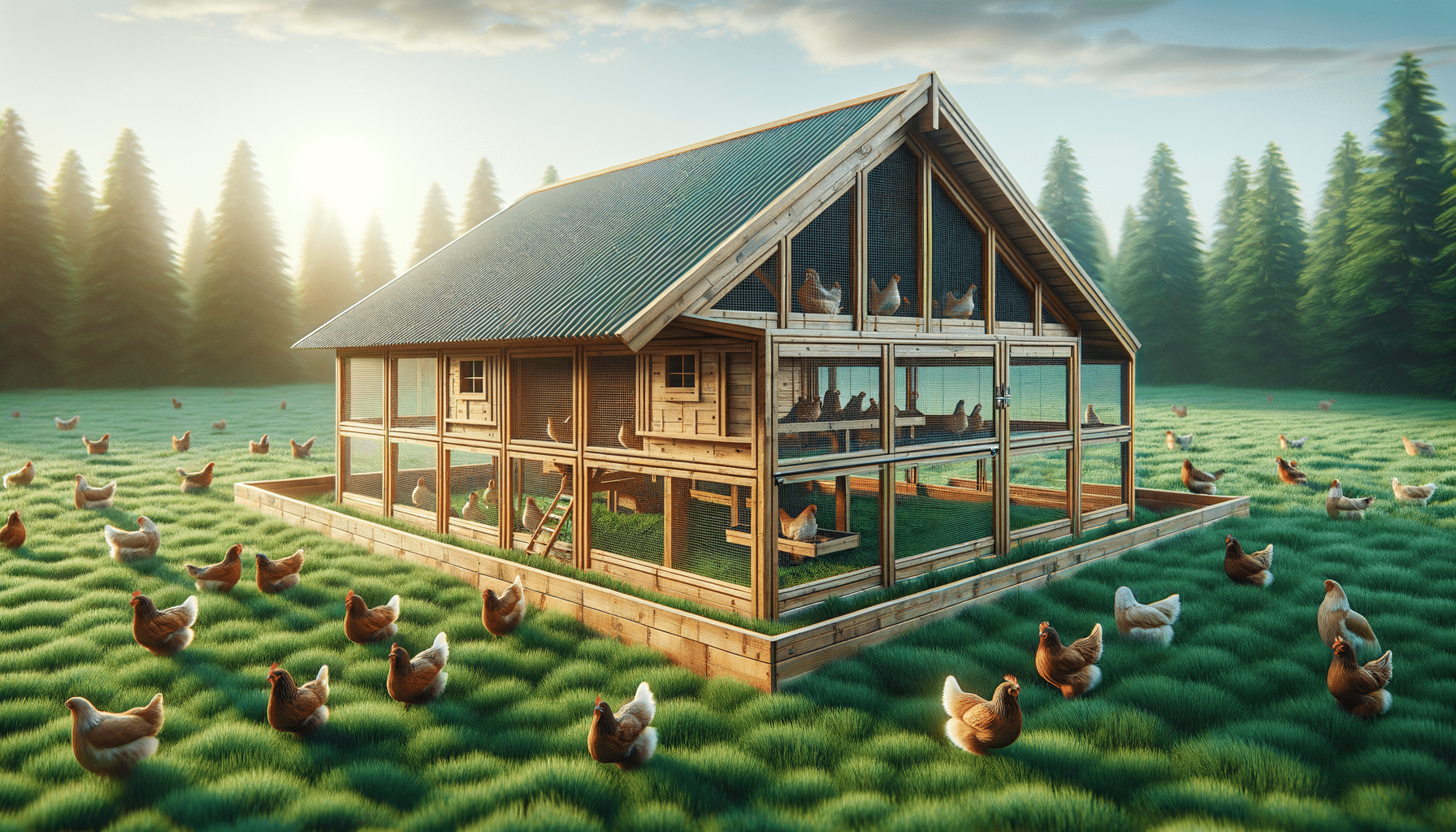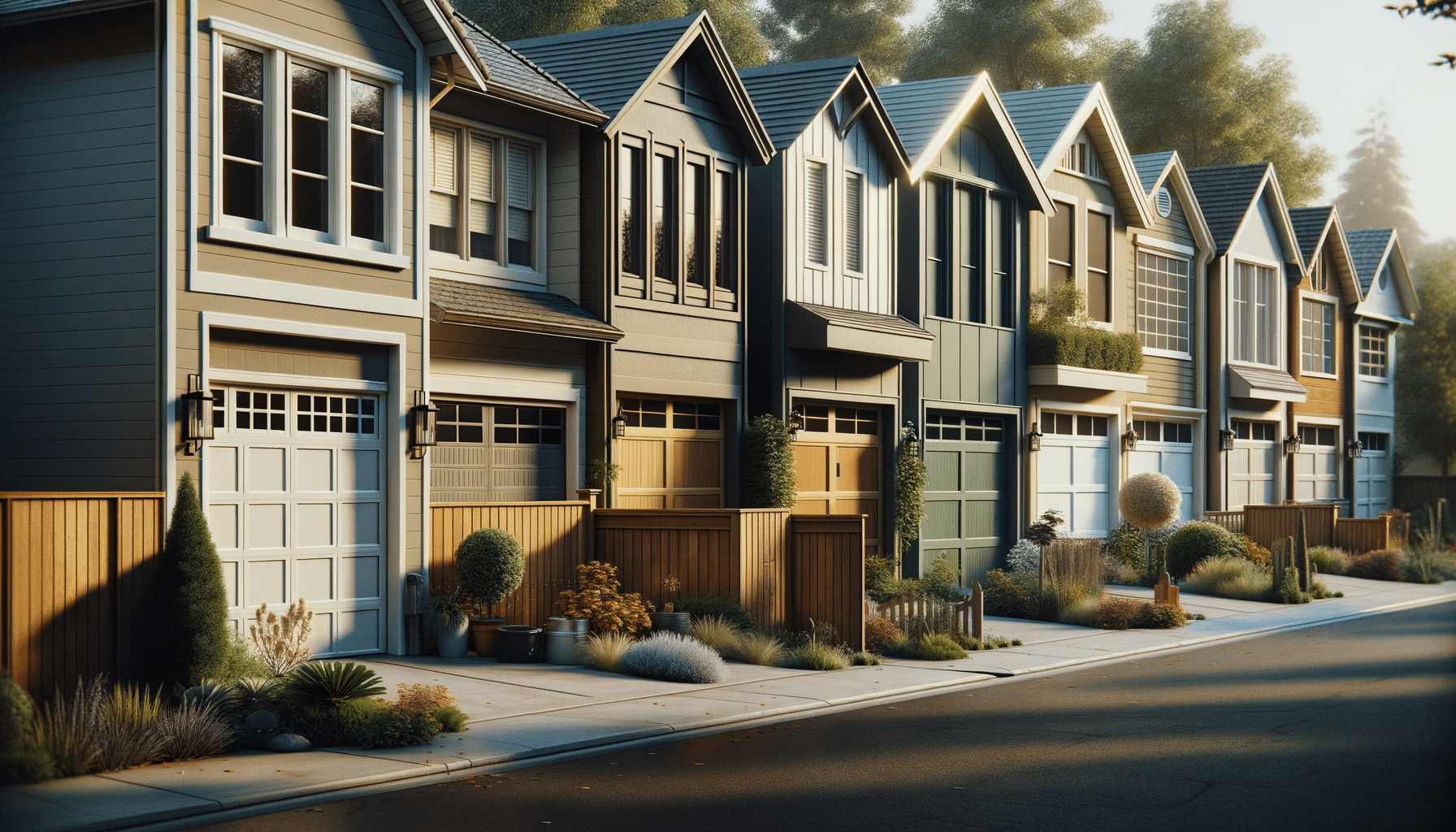
Creating a Comfortable Habitat: A Guide to Choosing the Right Chicken Coop
The Basics of Chicken Coops
Chicken coops serve as the primary shelter for your flock, providing protection from predators, weather, and offering a safe space for laying eggs. A well-designed coop ensures that chickens have enough room to roost, nest, and move around comfortably. Key elements of a chicken coop include nesting boxes, perches, and adequate ventilation. Nesting boxes should be cozy and dark, encouraging hens to lay eggs in a safe and clean environment. Perches are essential for chickens to rest at night, and they should be positioned higher than the nesting boxes to prevent chickens from sleeping in them.
Ventilation is crucial to maintain air quality and reduce the risk of respiratory issues. Proper airflow helps to control humidity and ammonia levels from chicken droppings. A good rule of thumb is to have at least one square foot of ventilation per chicken. Additionally, chicken coops should be easy to clean to minimize the risk of disease. Materials like treated wood or plastic are often used for their durability and ease of maintenance.
When considering the size of your coop, aim for at least 3-4 square feet per chicken inside the coop and 8-10 square feet per chicken in an outdoor run. This space allows chickens to exhibit natural behaviors such as dust bathing and foraging, contributing to their overall well-being. Ultimately, a well-constructed chicken coop is not just about aesthetics but about creating a functional and safe environment for your feathered friends.
Exploring Chicken Coops for Sale
For those new to poultry keeping or looking to upgrade their current setup, exploring chicken coops for sale can be an exciting endeavor. The market offers a wide variety of designs, materials, and sizes to suit different needs and preferences. Prefabricated coops are a popular choice for their convenience and ease of assembly. These coops often come with all necessary components, including nesting boxes and perches, and can be set up with minimal tools and expertise.
When purchasing a coop, consider the climate in your area. Coops with insulation or double-walled construction are beneficial in colder climates, while those with ample ventilation are better suited for warmer regions. Additionally, look for features like predator-proof latches and sturdy wire mesh to keep your flock safe from potential threats.
Price is another factor to consider. While budget-friendly options are available, investing in a higher-quality coop can pay off in the long run through durability and reduced maintenance. Some coops also offer modular designs, allowing you to expand as your flock grows. Before making a purchase, read reviews and compare different models to ensure you choose a coop that meets your needs and provides a comfortable habitat for your chickens.
Designing and Choosing a Large Chicken Coop
A large chicken coop is ideal for those with a bigger flock or plans to expand in the future. These coops offer ample space for chickens to move freely, reducing stress and promoting healthy behaviors. When designing or selecting a large chicken coop, consider the number of chickens you plan to keep and their specific needs.
One of the primary benefits of a large coop is the ability to incorporate additional features such as multiple nesting boxes, larger runs, and separate areas for different age groups or breeds. This flexibility allows for better management and can improve the overall health of your flock. Ensure that the coop has enough perches to accommodate all chickens comfortably, with each bird needing about 8-12 inches of perch space.
In terms of location, place the coop on high ground to prevent flooding and ensure it receives adequate sunlight. This not only keeps the coop dry but also aids in natural disinfection. Consider adding windows or skylights for natural light, which can boost egg production and improve the mood of your chickens. A large chicken coop also offers the opportunity to implement rotational grazing or movable runs, allowing chickens to access fresh pasture while reducing the risk of overgrazing.
Whether building from scratch or purchasing a pre-made option, a large chicken coop should prioritize the comfort and safety of its inhabitants. By considering these factors, you can create a thriving environment that supports the health and productivity of your flock.


